Transient Plasma: Advantages and Applications
The Transient Plasma Papers | Volume 1, Part 3 — October 2019 | Advantages and Applications Series
In the first two installments of this series, we laid out the fundamental differences between the atmospheric-pressure plasma systems used in many of today’s industrial facilities and the emerging transient plasma systems that provide a more versatile alternative.
Now, we will go beyond the operational variations between these two systems and talk about their real-world use cases. In most industrial applications, transient plasma systems provide significant advantages over traditional atmospheric-pressure plasma systems.
Read the Other Installments:
Common Industrial Applications: Transient Plasma vs. Traditional Atmospheric-Pressure Plasma
Within manufacturing facilities and other industrial settings, atmospheric-pressure plasma systems are frequently used for applications such as cleaning and decontamination, activation, and thin-film coating. In each of these scenarios, transient plasma systems introduce significant advantages.
Low-temperature transient plasma is suitable for sensitive substrates.
- Transient plasma’s low sensitivity to working distances is ideal for treating complex shapes.
- Transient plasma can achieve higher throughput due to wide-beam treatment capabilities.
- Transient plasma’s higher efficiency leads to lower processing costs.
- Transient plasma works with hard-to-activate materials such as silicone and EPDM.
- Transient plasma’s superior tunability enables sophisticated functional coatings, ranging from medical devices to corrosion protection.
Based on extensive research and testing performed by Fraunhofer IFAM in Bremen, Germany, here are the benefits transient plasma systems can bring to core industrial applications.
Cleaning and Decontamination:
Transient plasma systems are extremely effective in removing carbon and carbonate contamination from aluminum surfaces, and no material residues are introduced from the transient plasma system itself. This lack of contamination also implies that electrodes have minimal erosion and hence have a longer life. The characteristics of transient plasma also improve surface adhesion toward paints, adhesives, and other common coatings.

Activation:
Transient plasma systems are able to work with a wide range of substrate materials, ranging from metals to polymers to temperature-sensitive materials. In laboratory tests involving polypropylene, Ethylene Propylene Diene terpolymer (EPDM), and silicone substrates, transient plasma showed its versatility in the areas of cleaning, chemical modification (activation), preparing substrates for subsequent processing, and adhesive bonding.
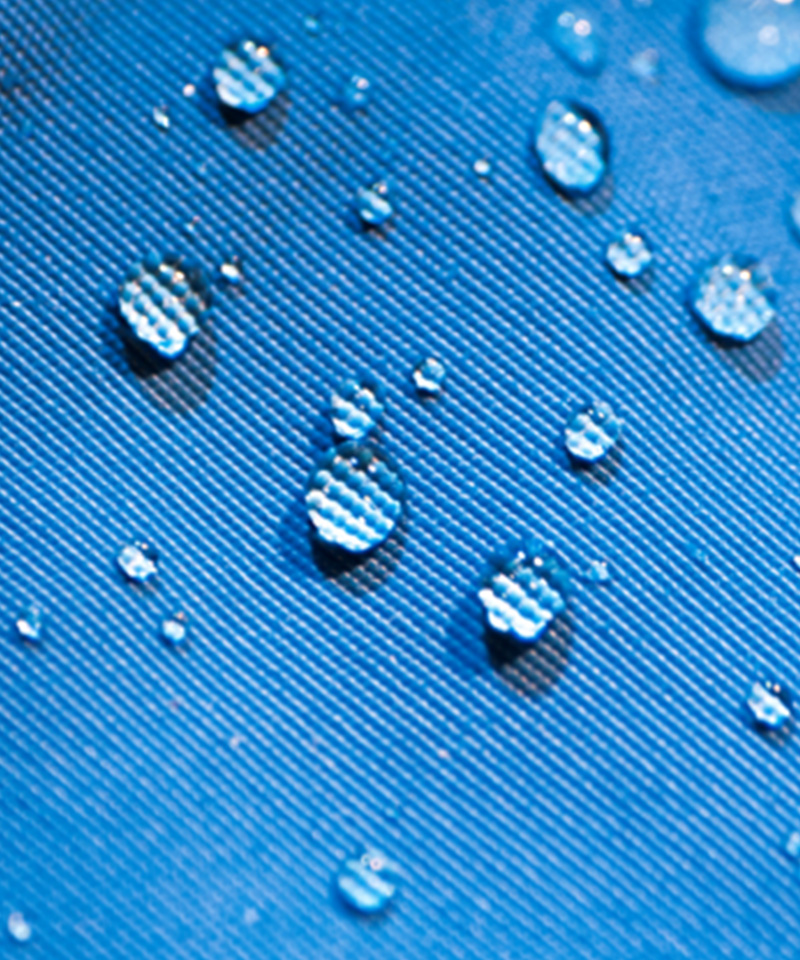
Thin-Film Coating:
Transient plasma systems are uniquely qualified for applications that require uniform and high-integrity thin-film coatings, such as bio-medical, aerospace and other industrial use cases. In bio-medical applications, transient plasma systems deposit amino groups that do not degrade during the application and are stable against washing processes. The precise tunability of transient plasma systems also enable defect-free “single sweep” coatings.
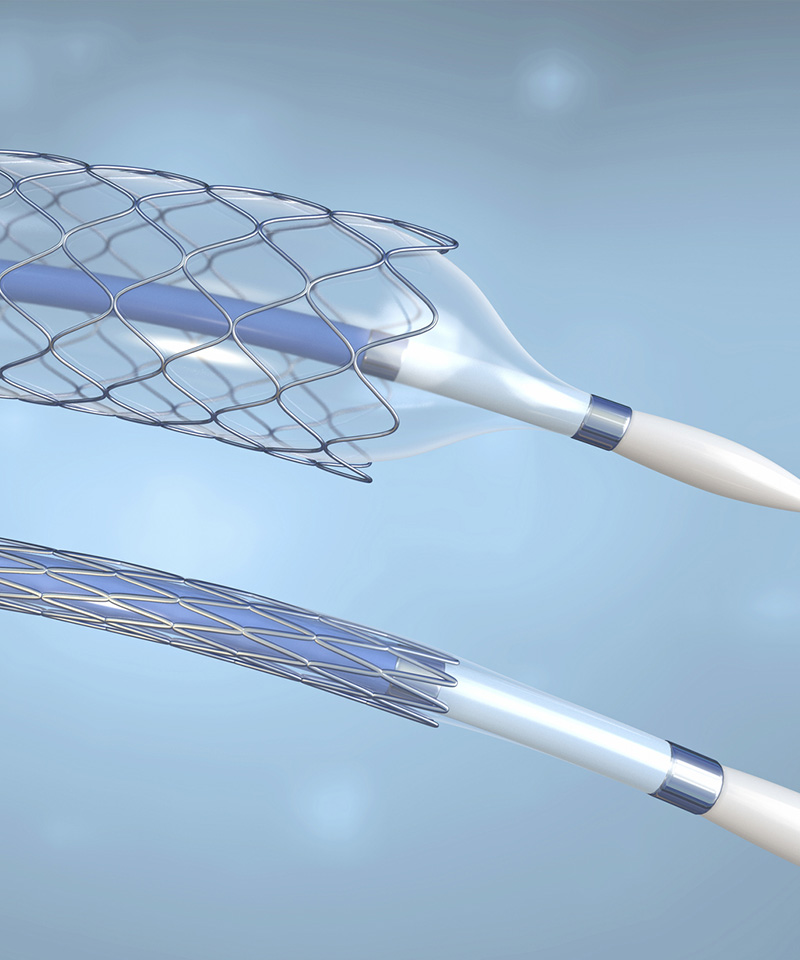
A Cost-Effective and Eco-Friendly Alternative To Chemical Processes
In addition to atmospheric-pressure plasma systems, some manufacturing environments use chemical processes to treat surfaces and apply uniform thin-film coatings. These processes require chemical baths, and hundreds of gallons of potentially toxic chemicals must be disposed after usage – a waste stream that often ends up harming the environment.
Ecologically conscious organizations often spend quite a bit of money to ensure these waste streams are disposed in a way that does not harm the environment. Chemically treated materials must then be dried or cured with heat (and in the case of textiles especially large heaters), which significantly increases energy usage and costs.
A transient plasma system is capable of applying thin-film coatings and treating surfaces just as effectively as these chemical processes. Because a transient plasma system does not require harmful chemicals, expensive waste logistics, or post-treatment drying, it is a much cleaner, greener, and cost-effective solution for the same applications.
Transient Plasma as An Open-Air Alternative To Vacuum Plasma Treatment
As a result, industrial plasma systems driven by long pulses of steady or oscillating voltages must operate in an incredibly narrow window: The plasma must be given sufficient energy to drive the desired chemistry, but not enough energy to create a potentially unstable thermal state. When operating at atmospheric pressure, this delicate balance must be carefully controlled to avoid the transition to a higher temperature, unstable thermal plasma.
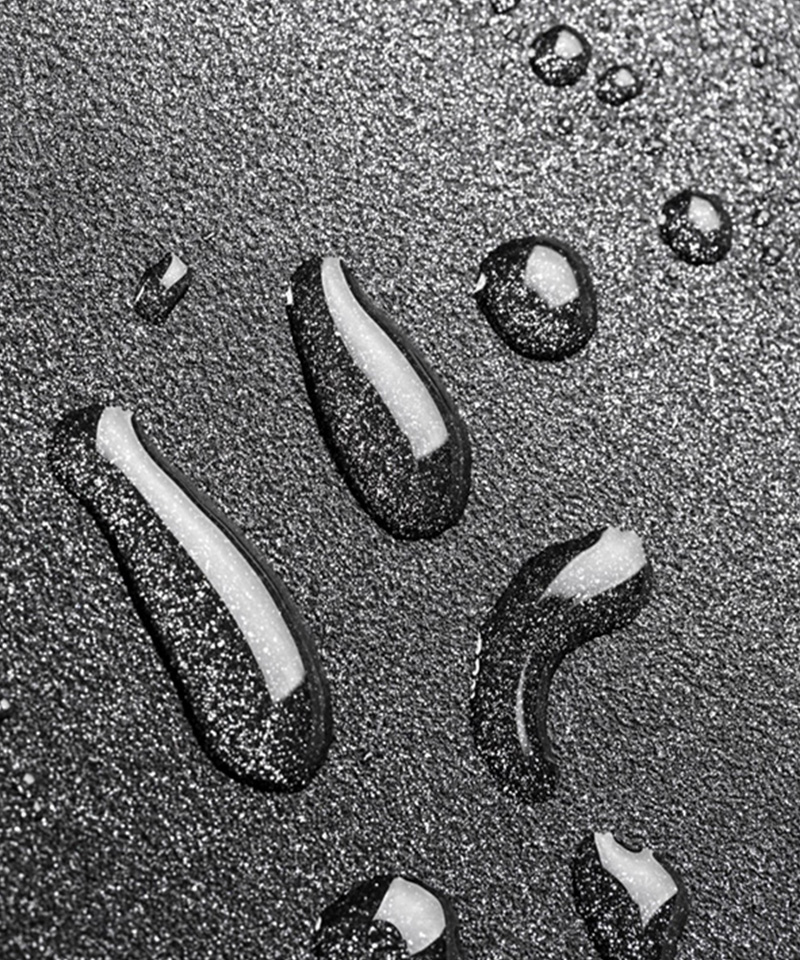
Also manufacturing lines using low pressure plasma systems utilize batch processing mode reducing overall throughput compared to an all atmospheric pressure line.
With a transient plasma system, users can perform many of the applications done by a vacuum plasma chamber in an open-air setting. This provides a more convenient and cost-efficient alternative to plasma treatment within a vacuum chamber.
Conclusion
Transient plasma technology unlocks novel capabilities of plasma in atmospheric applications, leading to potentially exciting outcomes in several applications. Those benefits begin with greater stability, a more versatile range of operating distances, superior tunability, and the ability to create a large volume of uniform plasma. They continue with the ability to create low-temperature plasma that can be used to treat heat-sensitive substrates, including human tissue.
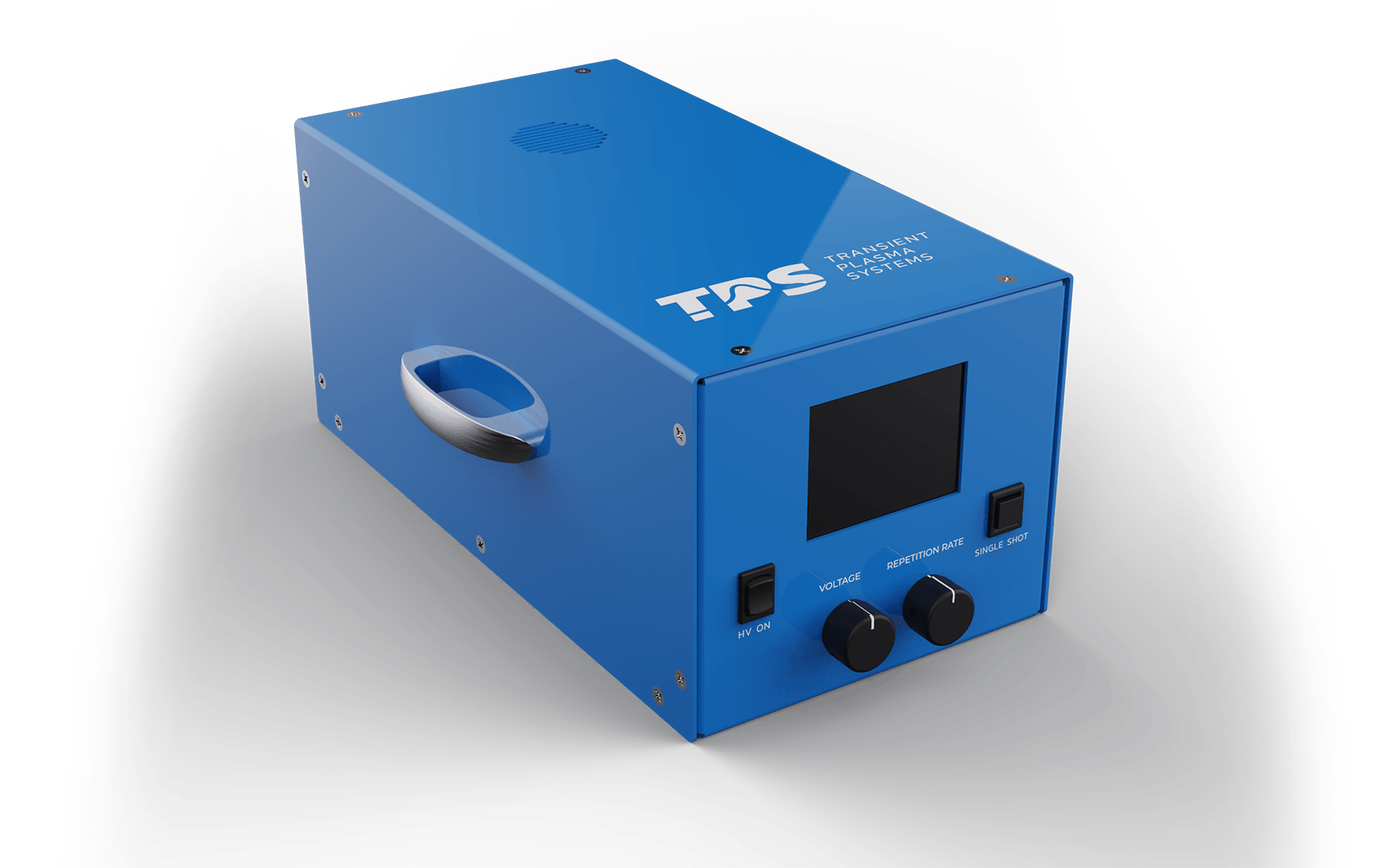
TPS Solid State HV Nanosecond Pulse Generator
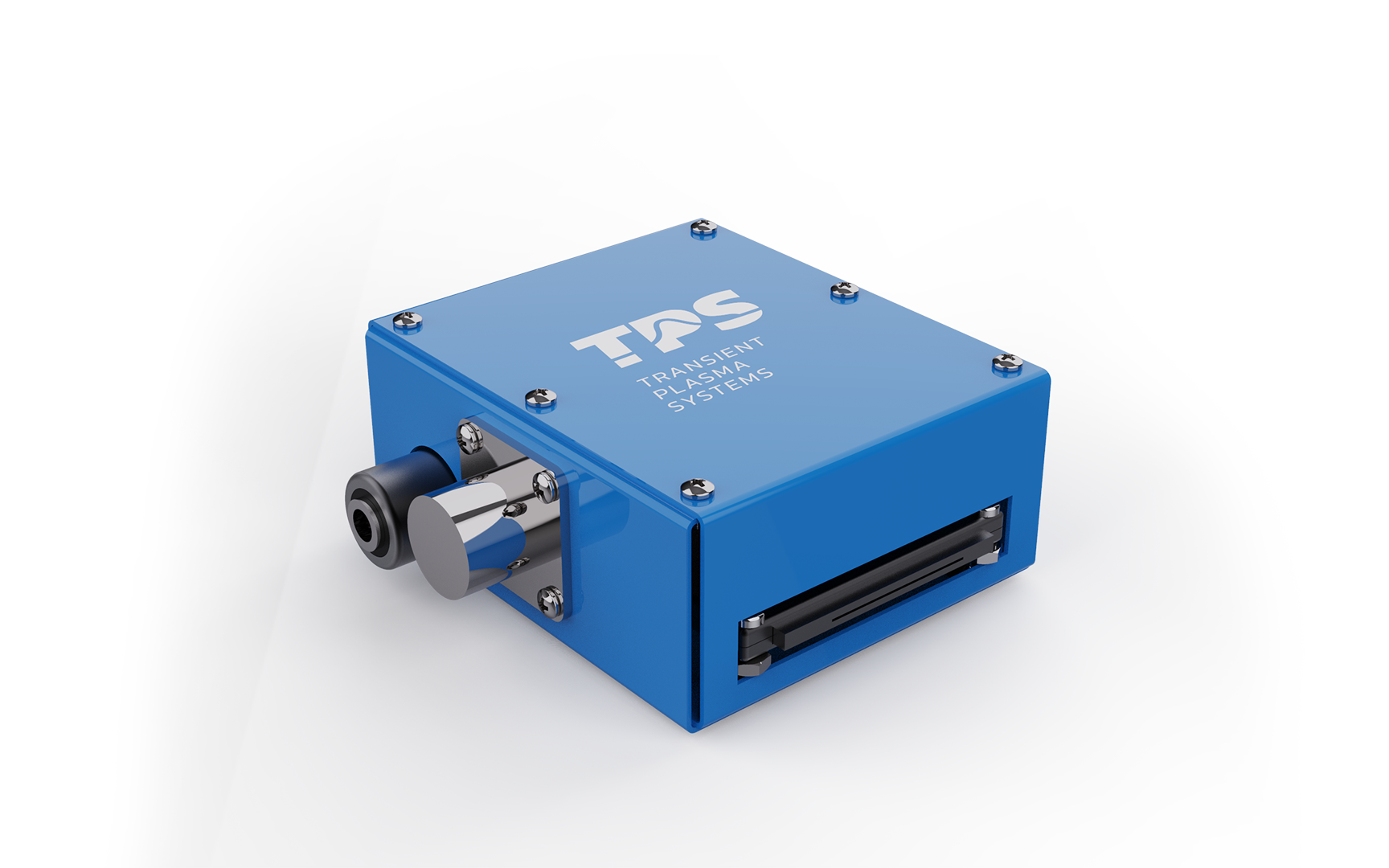
TPS Plasma Head
The tunability of transient plasma opens the door to better-controlled and more-versatile applications, as the plasma stream can be adjusted for very precise applications or wide-area applications. Transient plasma’s low sensitivity to working distances and open-air treatment capabilities make it a convenient treatment solution.
Lastly, transient plasma systems represent a more cost-efficient and eco-friendly form of treatment compared to chemical treatment processes. From safety to performance to versatility to cost to stability, transient plasma systems offer a range of key benefits within a manufacturing environment.


